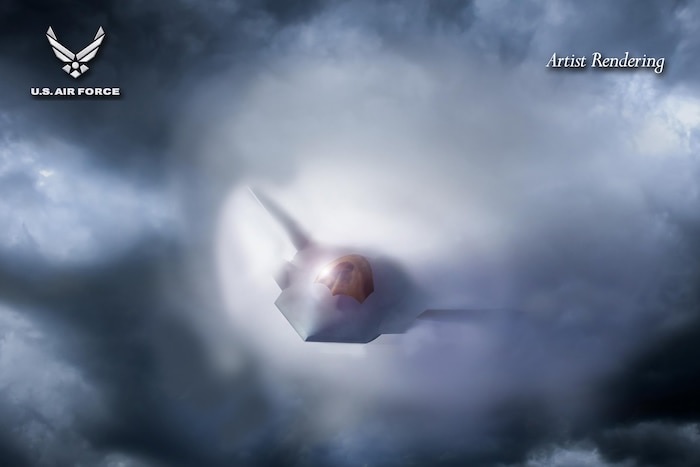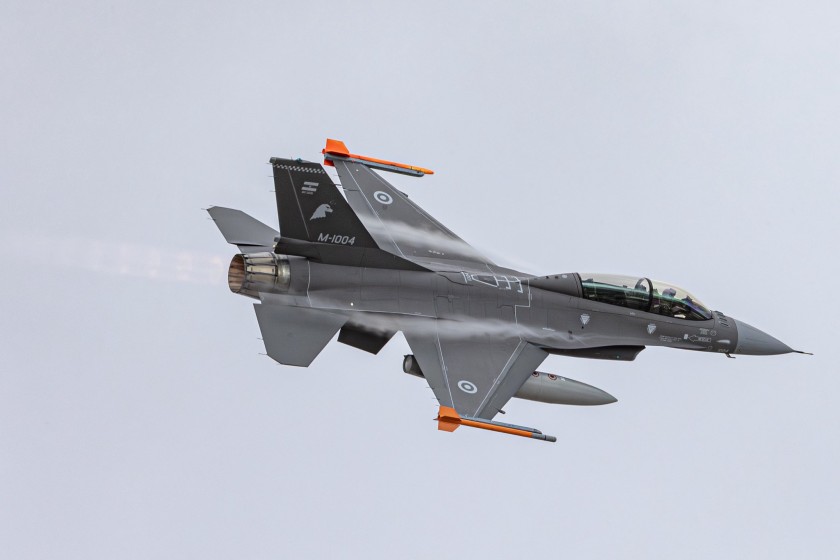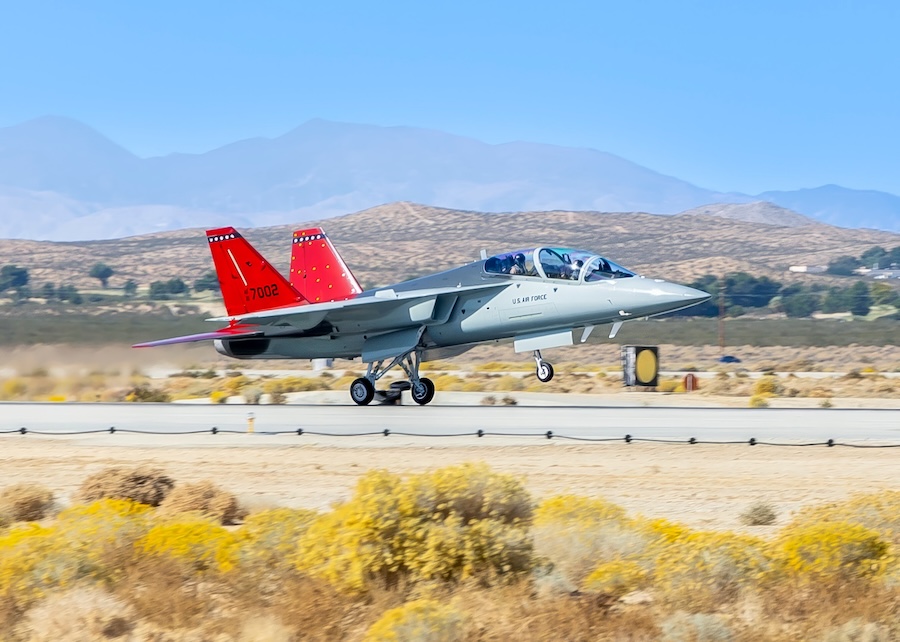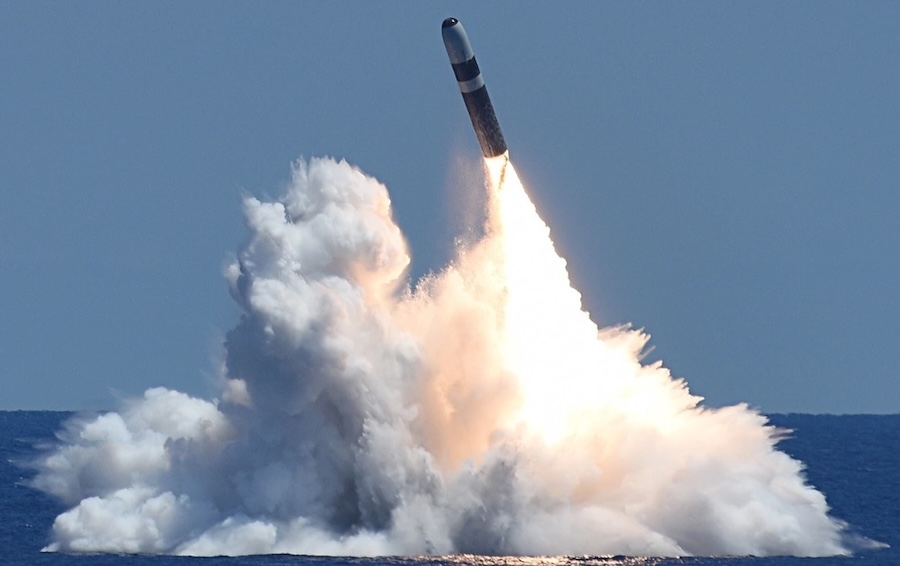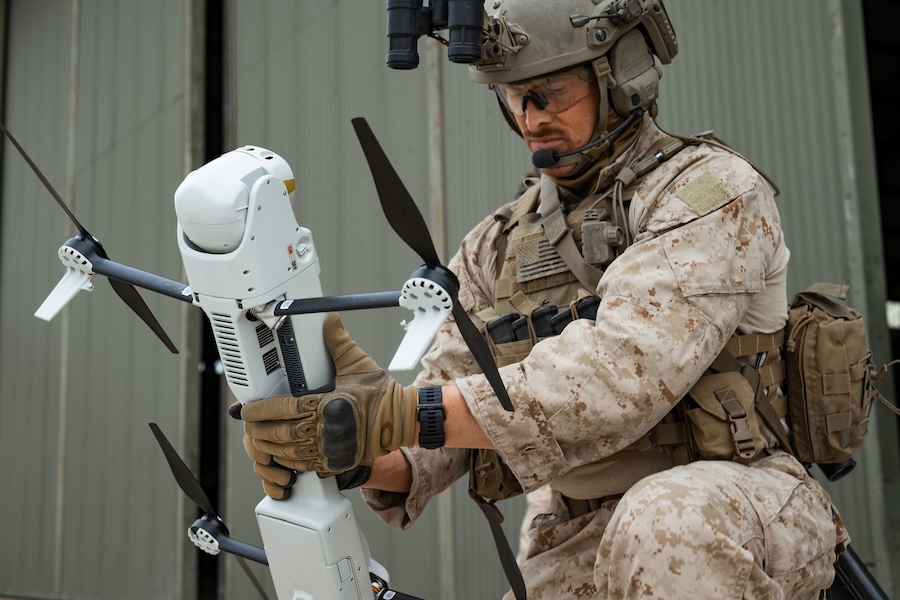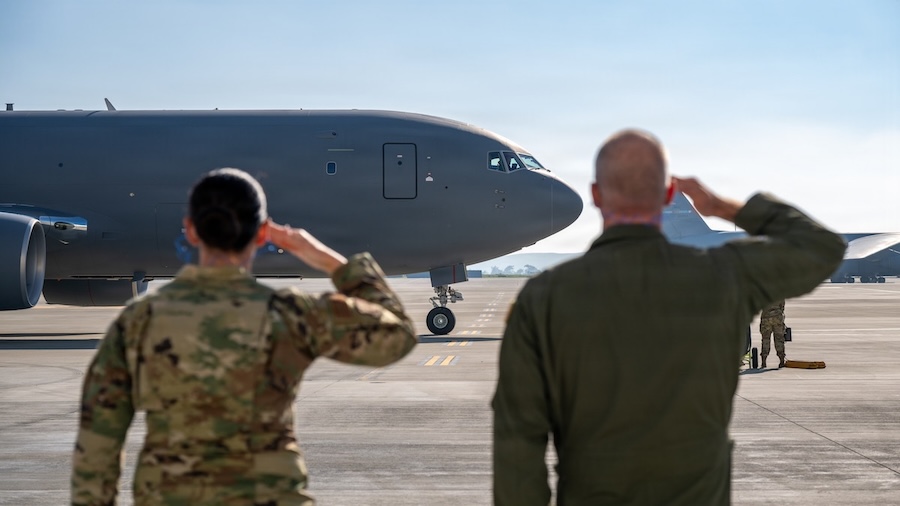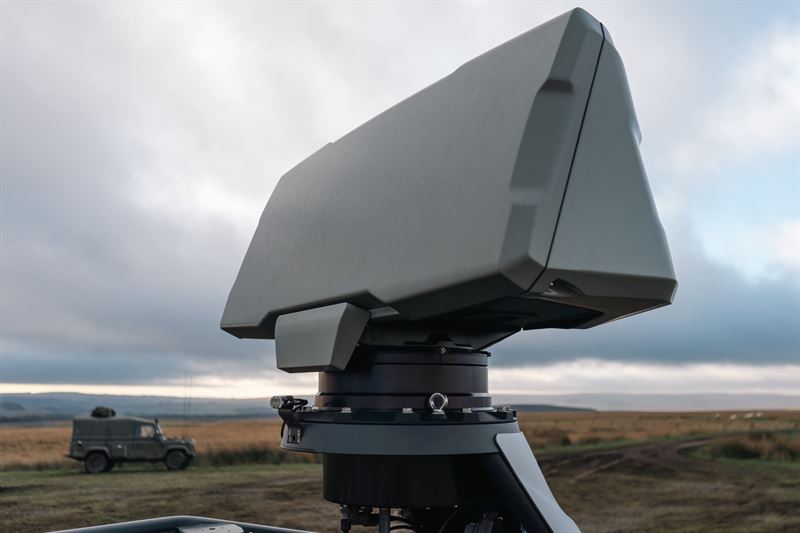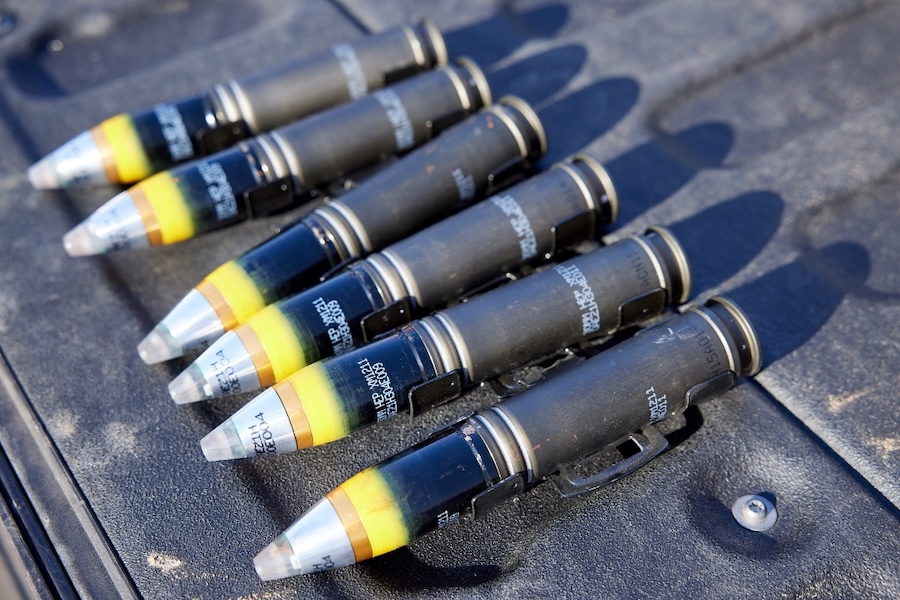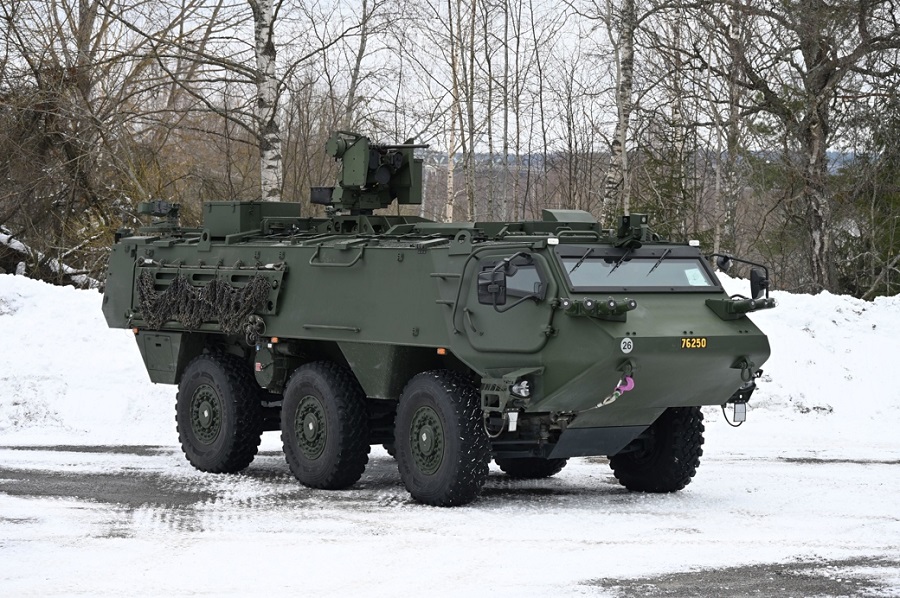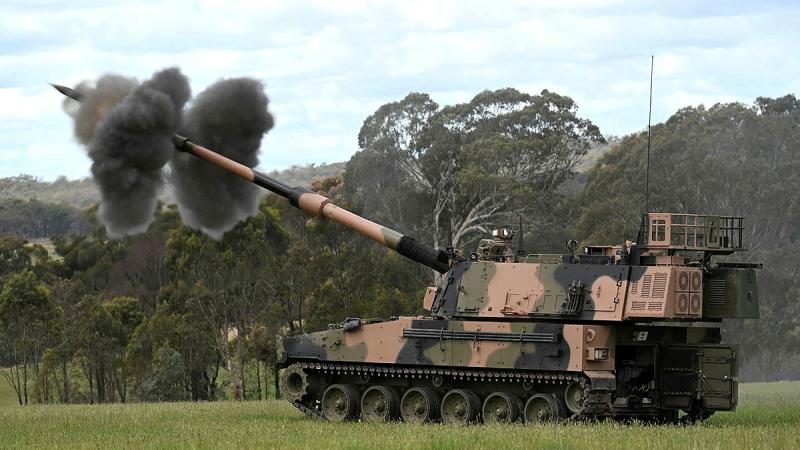General David Allvin, Chief of Staff of the US Air Force, shared a graphic on social media comparing the capabilities of fourth, fifth, and sixth-generation fighters, as well as the Collaborative Combat Aircraft (CCA) unmanned systems. The F-47, developed by Boeing, is designed to fulfil the critical requirement of operating deep within enemy territory, making range and endurance crucial features.
Our @usairforce will continue to be the world’s best example of speed, agility, and lethality. Modernization means fielding a collection of assets that provide unique dilemmas for adversaries—matching capabilities to threats—while keeping us on the right side of the cost curve. pic.twitter.com/vqjxCdBYid
— General David Allvin (@OfficialCSAF) May 13, 2025
While the range of over 1,000 nautical miles represents a significant advancement, some experts argue that it may still fall short of meeting future conflict demands, especially against adversaries with advanced air defence systems. There remains uncertainty about the actual range margin indicated by the “plus” in the specification, which could mean an additional 50 to 250 nautical miles.
The F-47 is expected to reach speeds exceeding Mach 2, consistent with earlier statements made by former President Donald Trump during the contract announcement. However, the primary focus is not on maximum speed but on the aircraft’s ability to sustain supersonic flight without afterburner, crucial for long-duration operations.
The aircraft will also feature a high level of stealth technology, officially described as “Stealth ++.” This designation indicates a greater level of undetectability compared to the F-22 (“Stealth +”) and F-35 (“Stealth”), reinforcing the F-47’s capability to remain elusive to enemy radar.
According to disclosed plans, the Air Force intends to acquire 185 F-47 fighters, a number comparable to the current F-22 fleet, suggesting the potential replacement of the Raptor. However, the timeline for the F-22’s retirement remains unspecified, with the first flight of the F-47 projected between 2025 and 2029, likely marking prototype testing rather than full operational readiness.
The graphic also highlights the scope of the Collaborative Combat Aircraft programme, which plans to procure over 1,000 unmanned systems, starting with an initial batch of 100 to 150 units. These aircraft, envisioned as “wingmen” for the F-47, will have a combat range of 700 nautical miles, a figure that has drawn criticism for being potentially insufficient given their supportive role.
As the NGAD programme progresses, the unveiling of the F-47’s capabilities signals the Air Force’s commitment to maintaining air superiority through cutting-edge technology and strategic innovation. The upcoming tests will shed more light on the fighter’s operational potential and its role within the evolving aerial combat landscape.



